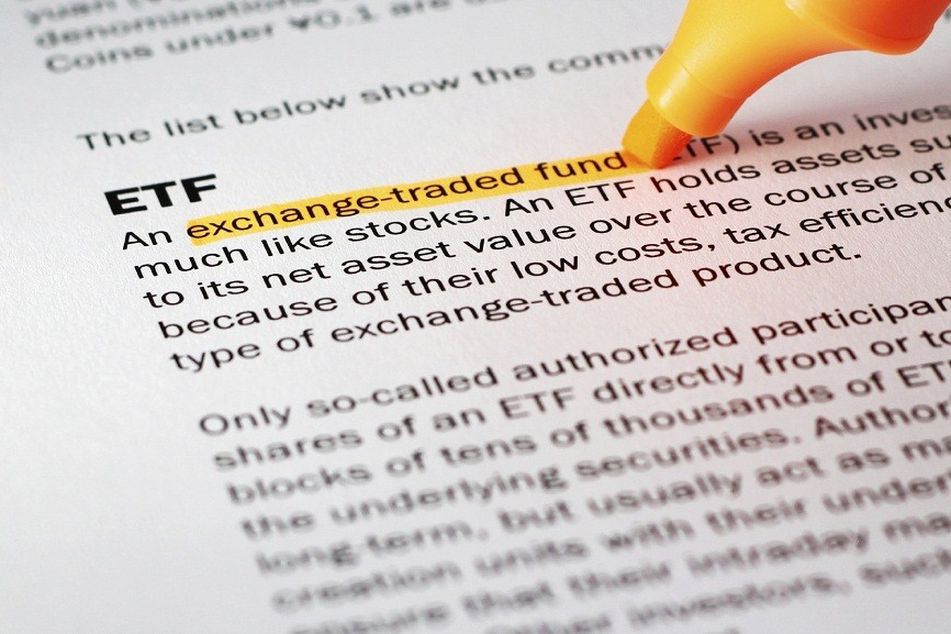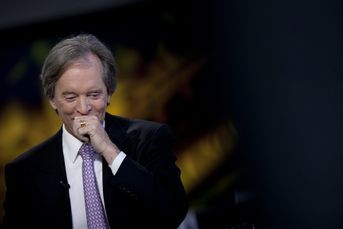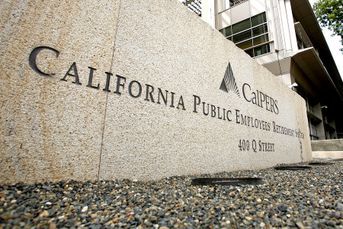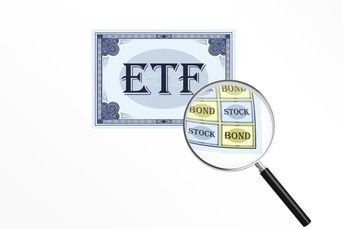Institutional investors warming up to ETFs

Popularity of active strategies by pensions and endowments limiting use but more coming on board.
Some 34% of officials at defined benefit plans, foundations and endowments say they use ETFs or ETNs, and of those, one-quarter plan to increase their usage, a new Pensions & Investments survey shows.
Among non-users, about 14% of those surveyed say it’s “somewhat likely” they would begin to invest via exchange-traded funds and notes within the next year, according to the survey.
Among defined contribution plan officials, 10% reported using ETFs or ETNs.
The survey of P&I’s Research Advisory Panel was conducted in February and March by Signet Research Inc., Englewood, N.J.
Deborah Fuhr, partner and co founder of ETF consulting firm ETFGI in London, said once investors use ETFs and/or ETNs, they become fans and continue to use the investment vehicles.
(More: ETFs becoming a key portfolio staple)
Ms. Fuhr also said use of the funds and notes by institutional investors is growing in ways not captured by the survey. One key way they get exposure to ETFs is through their external money managers’ use of the instruments, she noted.
NO NEED FOR LIQUIDITY
When asked why they don’t use ETFs and ETNs, 46% of respondents from DB plans and foundations and endowments said it’s because they don’t need intraday liquidity. Another 34% said they mostly invest in active strategies; 19% said the all-in costs of the vehicles are too high; 17% listed complexity; and 5% cited insufficient trading volume. (Respondents were allowed to give more than one reason for this and other questions.)
On the defined contribution side, 28% of respondents said they don’t use ETFs and/or ETNs because their record keepers don’t accommodate them; 27% said they have mostly active strategies; 22% cited the complexity; and 21% listed high all-in costs.
The lack of use of ETFs/ETNs by defined contribution plans isn’t surprising, said Reginald M. Browne, a senior managing director and head of ETF trading at New York-based Cantor Fitzgerald LP.
Mr. Browne says the problem is in the “plumbing,” or how the instruments are structured. He said unlike mutual funds, there is no way to reimburse the record keeper for the expense of listing the ETF on an investment platform.
“There is no structure to incorporate annual marketing or distribution fees,” he said.
Another problem is there is no efficient way to transfer participants’ money to an ETF from a mutual fund, a problem for plan participants who want to switch options, he said. Mr. Browne said mutual fund trades settle two days faster than ETFs do.
“It’s a mismatch,” he said of the varying trading rules. ”It doesn’t allow for easy conversion.”
MOST USED STRATEGIES
Asset classes for which ETFs and ETNs are most used by DB and foundation and endowment executives are U.S. equity strategies, 80%; non-U.S. developed equity and emerging markets equity, 48% each; and U.S. fixed income, 36%.
Some 85% of defined contribution executives who use ETFs do so for U.S. equity, followed by U.S. fixed income (69%); emerging markets equity (46%); and non-U.S. developed equity (31%).
Ms. Fuhr said there has been increasing interest by institutional investors in ETFs and ETNs that offer market exposure to strategies not normally available to them such as investments in China, where the A shares of Chinese companies are only open to Chinese investors or specially licensed institutional investors.
(More: Preparing fixed-income ETF portfolios for rising rates)
The survey found rebalancing was the No. 1 reason for using ETFs and ETNs, cited by 41% of the defined benefit plan, endowment and foundation executives. Tactical adjustments, transition management and long-term investing each was cited by 39% of respondents, with liquidity management at 32% and cash equitization and risk management at 20% each.
The results show that institutional investors are using ETFs/ETNs as long-term investments, expanding on their traditional usage for transition management and rebalancing, said Todd Rosenbluth, senior director at S&P Capital IQ, New York, and director of ETF and mutual fund research.
He said some institutional investors are using ETFs and ETNs as part of their core holdings in a diversified portfolio. Others look at them as vehicles to invest tactically, such as moving in and out of various sector/theme portfolios depending on their market views, which he said allows investors to reshape their portfolio quickly.
PREFERENCE FOR ACTIVE HINDERS GROWTH
“Investors are not at the mercy of an active manager,” Mr. Rosenbluth said.
Still, he said, the growth of exchange-traded instruments has been hindered by institutional investors’ preference for active management.
Among institutional investors using ETFs and ETNs, BlackRock Inc.’s iShares unit is used the most. Seventy-four percent of DB plans, foundations and endowments use iShares, as do 57% of DC plans.
As for costs, those using the instruments were equally divided on whether their all-in costs are less than those of other passive vehicles.
But among those whose funds do not use ETFs or ETNs, 81% of respondents from defined benefit plans, foundations and endowments believe the all-in costs are not cheaper, as do 83% of respondents from defined contribution plans.
Ms. Fuhr said ETF costs have come down in the past year. She said ETFs and ETNs can be cheaper than vehicles such as futures for uses such as transition management and rebalancing.
But more effective tools like derivatives can be used for short-term investment purposes, said Neil Rue, a consultant and managing director at Pension Consulting Alliance in Portland, Ore. Mr. Rue said ETFs have to be bought and sold and then settled, while derivatives act as an overlay on top of the investment, meaning the cash is still there. “Derivatives can be simple,” he said.
Randy Diamond is a reporter at sister publication Pensions & Investments
Learn more about reprints and licensing for this article.






